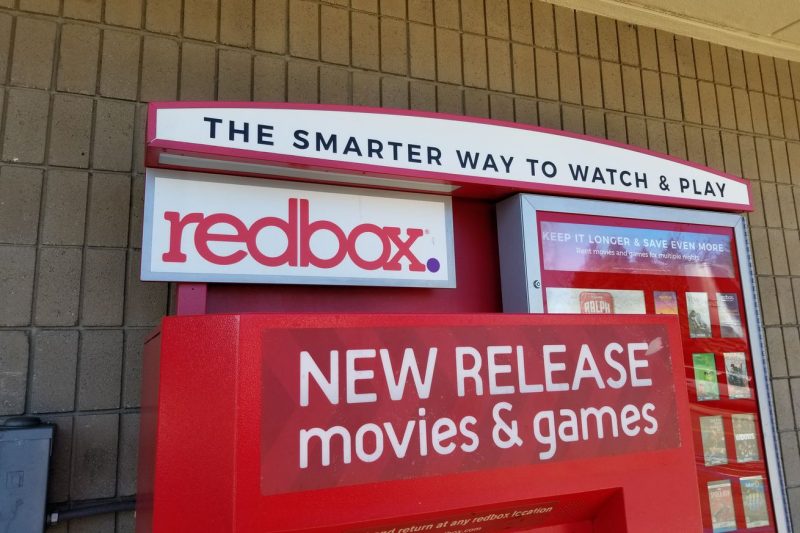Redbox Missed a Multimillion-Dollar Payment It Couldn’t Afford to Miss
The recent news of Redbox missing a multimillion-dollar payment has sent shockwaves through the entertainment industry. The iconic red kiosks have long been a staple in grocery stores and shopping centers, offering a convenient way for customers to rent DVDs and Blu-rays at an affordable price. However, the company’s recent financial misstep has raised questions about its long-term viability and the challenges it faces in an increasingly competitive market.
Redbox’s missed payment was reportedly related to its revenue-sharing agreement with major studios, wherein it pays a fee for each disc rented from its kiosks. The company’s failure to meet this financial obligation has sparked concerns among its partners and investors, leading to a sharp decline in its stock price and casting doubt on its ability to remain a key player in the home entertainment industry.
One of the key factors contributing to Redbox’s financial woes is the rise of digital streaming services such as Netflix, Amazon Prime, and Disney+. These platforms have revolutionized the way consumers access and consume content, offering a vast library of movies and TV shows at the click of a button. The convenience and affordability of streaming services have lured away customers from traditional rental services like Redbox, posing a significant threat to the company’s bottom line.
In addition to facing stiff competition from streaming giants, Redbox has also struggled to adapt to changing consumer preferences and technological advancements. The company’s reliance on physical media, such as DVDs and Blu-rays, has become increasingly outdated in an era dominated by digital downloads and online streaming. As more and more consumers opt for the convenience of streaming over traditional rentals, Redbox has seen a steady decline in foot traffic at its kiosks, exacerbating its financial challenges.
Furthermore, the COVID-19 pandemic has dealt a severe blow to Redbox’s business, as lockdowns and social distancing measures have forced many of its kiosks to close temporarily. The widespread closure of theaters and entertainment venues has also disrupted the release schedules of major studios, limiting the availability of new titles for Redbox to offer its customers. These factors have combined to create a perfect storm of challenges for the company, leading to its recent financial troubles.
Despite these setbacks, Redbox is not out of the game just yet. The company has announced plans to diversify its offerings and explore new revenue streams to shore up its bottom line. This includes expanding into digital streaming through its Redbox On Demand platform, which allows customers to rent or purchase digital copies of movies and TV shows online. By leveraging its brand recognition and customer base, Redbox hopes to carve out a niche in the competitive streaming market and revitalize its business for the future.
In conclusion, Redbox’s recent financial misstep highlights the challenges facing traditional rental services in an era dominated by digital streaming. The company’s failure to meet a multimillion-dollar payment underscores the urgent need for it to adapt to changing consumer preferences and technological trends. By embracing innovation and diversifying its offerings, Redbox may yet find a path to sustainability and success in the ever-evolving entertainment landscape.
